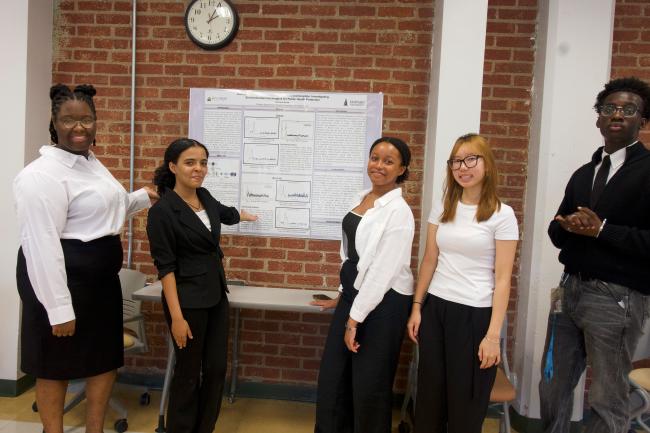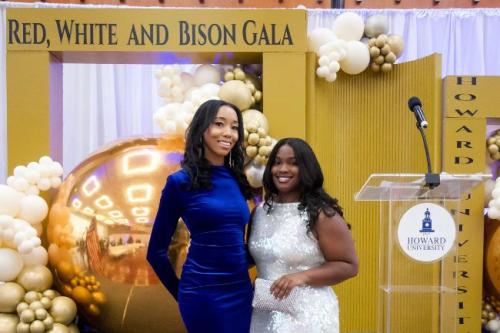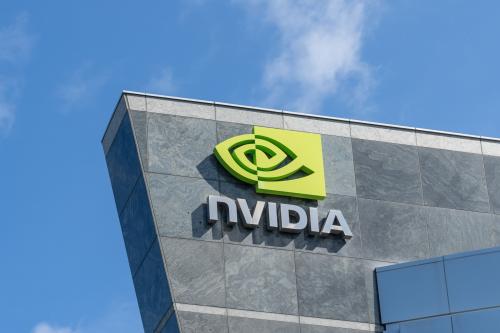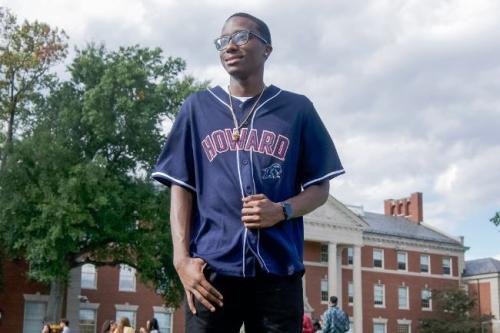This summer, five high school students from across the DMV region were introduced to clinical cancer research as participants in Howard University’s School2Lab program, an eight-week intensive program in collaboration with Johns Hopkins University.
School2Lab was designed to address racial disparities in cancer outcomes with a goal of increasing underresourced representation in cancer research and the clinical workforce. The program is part of the Howard-Johns Hopkins Comprehensive Alliance in Cancer Research, Education, and Equity (H2CAREE) initiative, a $1.3 million dollar program funded by the National Cancer Institute that aims to establish and sustain collaborative cancer research programs with an emphasis on health equity.
H2CAREE’s main objectives include expanding cancer research programs at Howard and advancing cancer care for traditionally underserved populations through outreach efforts. The initiative is led by principal investigator Dr. Carla D. Williams (Ph.D. ’01), associate professor of medicine and public health who is the interim director of the university’s Cancer Center.
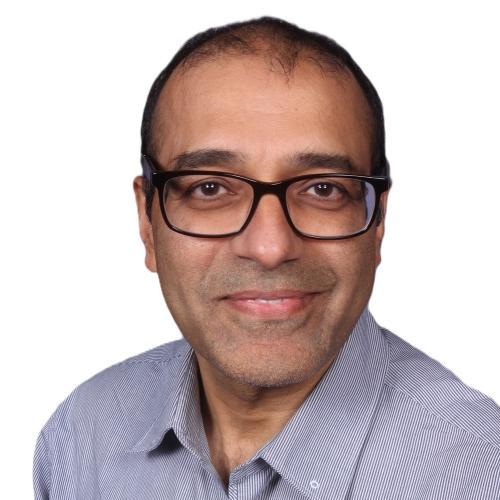
Dr. Rao Khan, associate professor of physics and astronomy and director of Howard’s medical physics program, leads School2Lab and explained that the program integrates clinical work and physics.
“Howard has a mission to advance and provide research opportunities for its community while giving young students the hope to continue down this path,” said Khan. “The idea is to get them hooked on these concepts with School2Lab.”
Preparing the Next Generation of STEM Students
The inaugural School2Lab cohort included Aniah Garcia-Charway, rising senior at Chatham Hall; Arsema Girma, rising junior at Benjamin Banneker Academic High School; Destiney Johnson, rising senior at McKinley Technology High School; Sophia Le, rising senior at Wheaton High School; and Iremofe Seun-Olufemi, rising senior at the Academy of Health Sciences at Prince George's Community College. The students presented their research findings at the School2Lab poster presentation event on August 13.
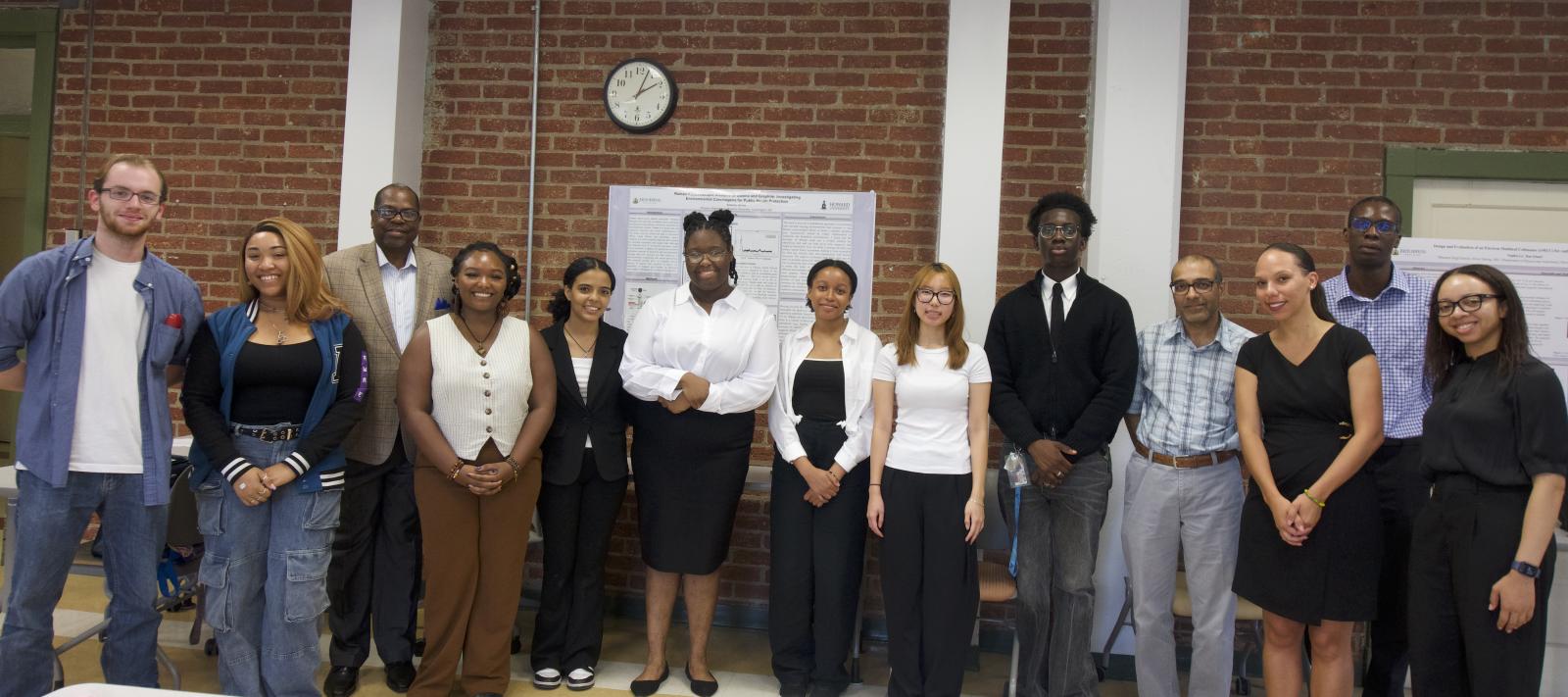
Throughout the eight-week program, each student was paired with mentors from Howard’s Department of Physics and Astronomy and worked alongside their faculty mentors in their respective labs. Participants also toured local hospitals such as the Sibley Memorial Hospital and learned from industry professionals via guest speaker seminars. In addition to conducting lab research, students also engaged in learning components focused on math, writing, bioethics, and college prep. School2Lab math director Iman Stephenson said she was inspired by the program participants and their willingness to tackle comprehensive topics.
“As much as the students learned from us and their mentors, I learned from them as well, such as the number of things you can accomplish when you have hard work and dedication. Eight weeks is not a lot of time; however, these students are doing amazing work and it inspires me,” she said.
School2Lab program director Michelle Wills feels similarly, sharing that “seeing the students tap into their fullest potential and seeing how they’ll take this program and apply it to their futures was the most inspiring part of the program.”
Student Research in Action
Aniah Garcia-Charway worked on the project, “Expanding Neural Networks to Improve Accuracy of Breast Cancer Classification in Mammogram Images,” with her mentor Dr. Kofi Deh, assistant professor physics and astronomy. Garcia-Charway assisted with investigating ways to expand computational neural networks to improve the accuracy of breast cancer classifications in mammogram imaging. She used the coding program Python to design a computer system that can classify malignant and benign tumors.
“This was my first time in a professional research environment. I also never coded with Python before. Taking a Python lesson during one of our math classes was helpful to my project,” said Garcia-Charway. “I couldn’t find a lot of experiences like this for students my age, so participating in School2Lab let me get hands experience in a research lab. The program not only made me want to continue some type of research later on, it also opened the door to the different possibilities in research.”
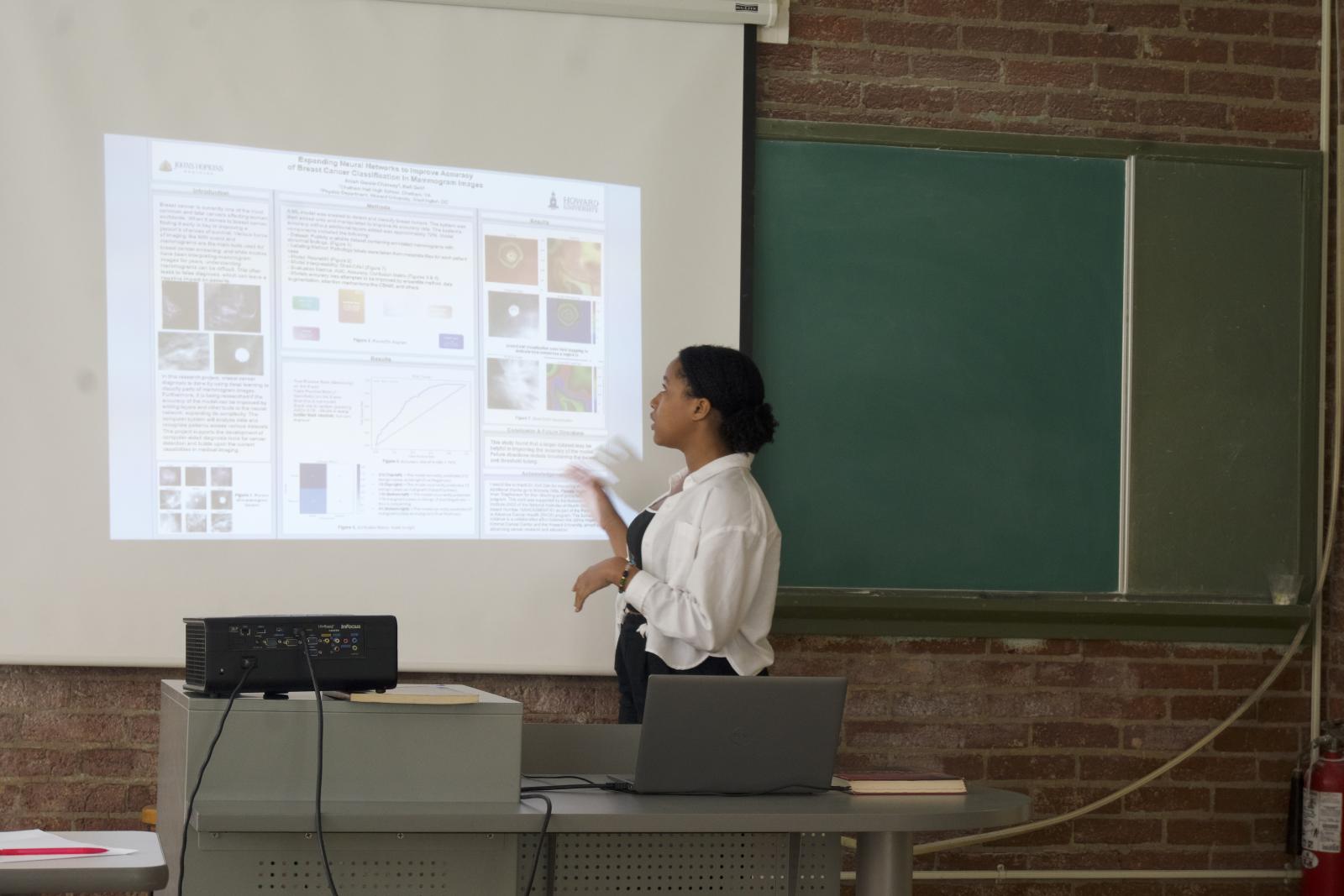
Iremofe Seun-Olufemi echoed similar sentiments, sharing that before School2Lab, he hadn’t had much of an interest in conducting research but is now interested in exploring potential research opportunities when he goes to college. Seun-Olufemi was paired with Dr. Quinton Williams, professor and chair of the physics and astronomy department, and physics Ph.D. student Emmanuel Yakubu. He worked alongside his mentors on research to develop nickel and cobalt-free lithium-ion batteries.
“Meeting my mentors allowed me to grow an interested in research. Having the ability to test out my ideas was fun,” said Seun-Olufemi.
Arsema Girma assisted with research investigating environmental carcinogens, which are substances or agents found in our surroundings that can increase the risk of developing cancer. She worked alongside her mentors Dr. Prabhakar Misra, professor of physics and the director of Howard’s Laser Spectroscopy Lab, and Howard students David Mugisha and Anverly Jones. Girma received a crash course in learning about Raman spectroscopy, a chemical analysis technique that involves illuminating a substance with a laser and analyzing the light that is scattered from the surface of the substance. She worked with galena (the natural mineral form of lead) and graphite to determine their carcinogenic impacts to the environment.
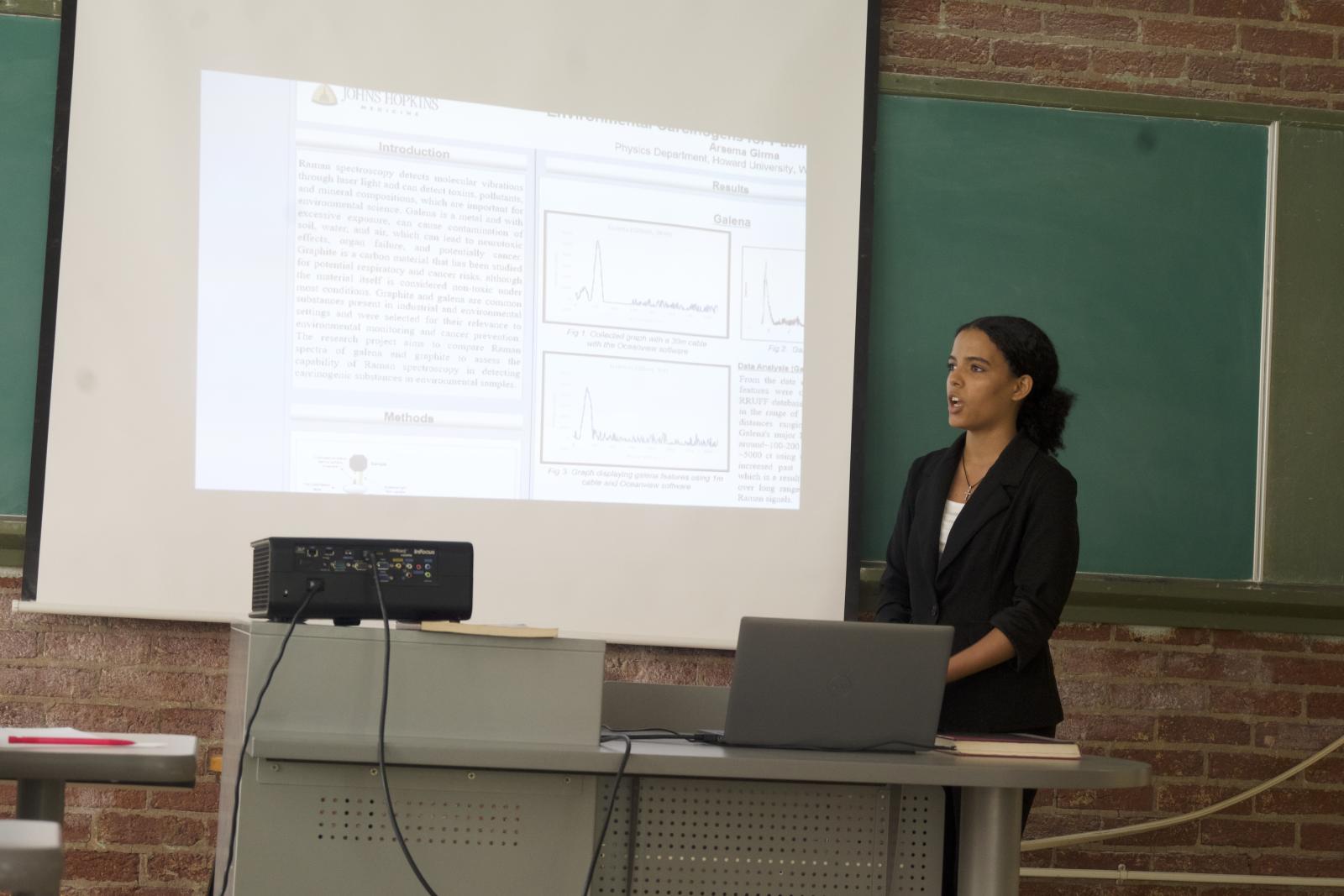
“When I got to my lab, it was a very engaging environment and it was impactful for my learning experience,” said Girma. “I liked visiting the hospitals and seeing MRI and Xray scans up close. This program enhanced my passion for being in the medical field.”
Expanding Research Opportunities
The School2Lab program is a part of Howard’s ongoing surge in research activity, efforts that helped to cement the university’s R1 status by the Carnegie Classification of Institutions of Higher Education. Earlier this year, Howard became the first HBCU to obtain an R1 designation.
Dr. Quinton Williams underscored the significance of introducing students to research opportunities as early as possible.
“I’ve been at Howard for 11 years and we’ve never had a high school summer internship program — that was something I felt was missing. I’m so happy that we had this opportunity to do that here,” he said. “I was thoroughly impressed with the School2Lab students. I hope that [they] gained something from this experience and reap the benefits from this as they continue to matriculate.”


